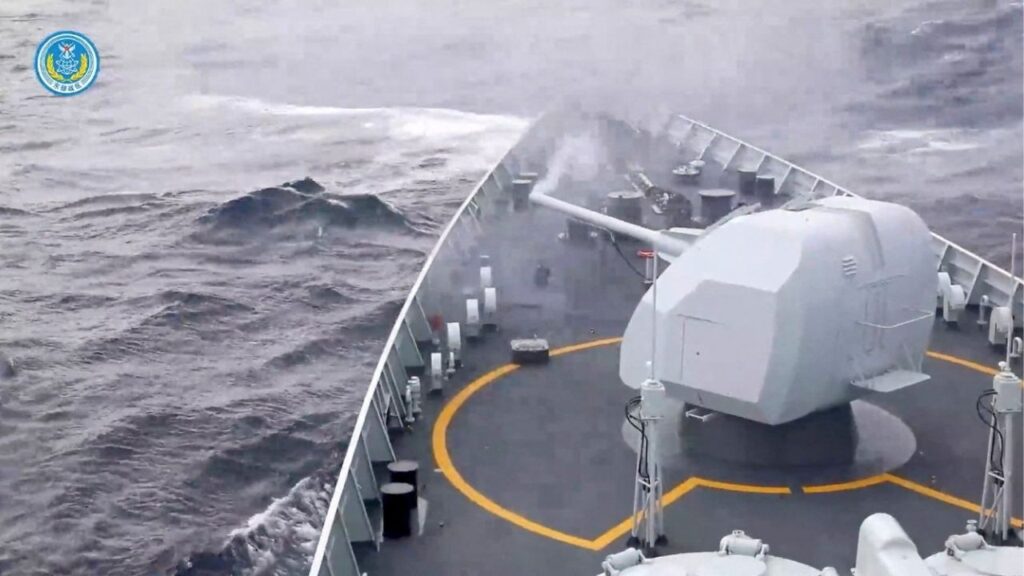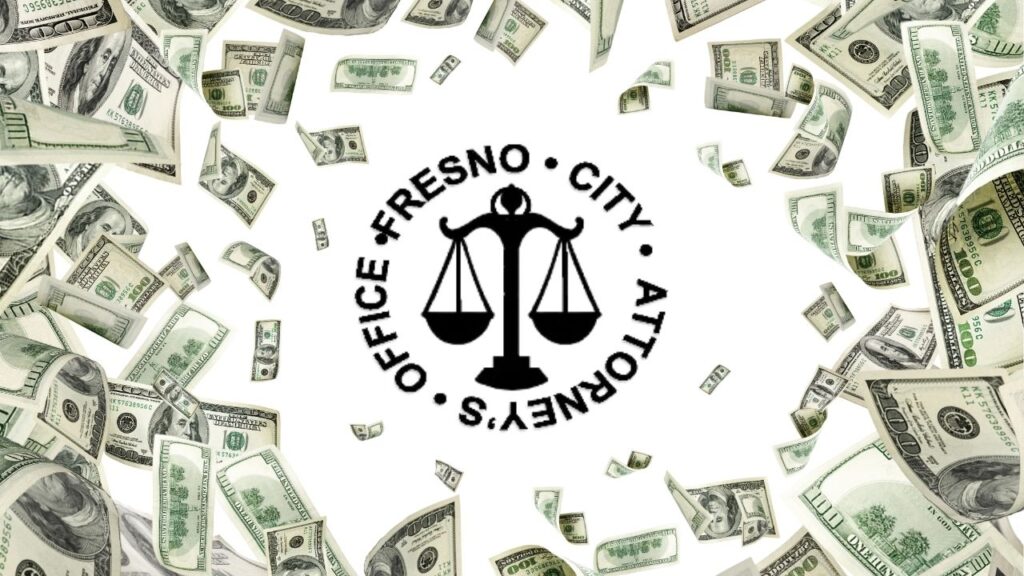Israeli soldiers walk out of tunnel found inside the home of a Palestinian family during an escorted tour by the Israeli military for journalists, in the central Gaza Strip, Jan. 8, 2024. Gaza’s vast and complex subterranean network shelters many of Hamas’s remaining leaders, and is a key obstacle to eradicating the group. (Avishag Shaar-Yashuv/The New York Times)

- Israel's military rescued a Bedouin hostage from Gaza's underground tunnel network, emphasizing the challenge of eradicating Hamas.
- Hamas’ extensive tunnel system, spanning hundreds of miles, complicates Israel's efforts, with hostages and leaders hidden underground.
- Israel's military faces difficulties destroying tunnels from above, risking hostages' lives and encountering booby traps underground.
Share
|
Getting your Trinity Audio player ready...
|
The Israeli military’s rescue of a hostage from an underground tunnel in the Gaza Strip on Tuesday highlighted one of the biggest remaining impediments to Prime Minister Benjamin Netanyahu’s goal of eradicating Hamas: the enclave’s vast and complicated subterranean network that shelters many of the militant group’s remaining leaders.
Israel’s military said Tuesday that it had rescued Farhan al-Qadi, a member of Israel’s Bedouin Arab minority who was abducted Oct. 7, from an underground Hamas tunnel in southern Gaza. According to two senior officials who spoke on the condition of anonymity because they were not authorized to talk to reporters, Israeli forces appear to have found al-Qadi by chance as they were combing through a tunnel network for Hamas fighters.
Related Story: Israeli Military Says It Has Rescued Another Hostage Abducted in Hamas’ ...
Second Time in Two Weeks Tunnels Helped Hostage Recovery
It was the second time in two weeks that Hamas’ network of tunnels featured prominently in Israel’s accounts of hostage recovery efforts, shining some light on a mostly unseen aspect of the war that looms large for the country’s military and government officials. Last week, Israeli troops said they had recovered the bodies of six hostages hidden behind concrete lining in an underground route connected to a 10-meter-deep tunnel shaft.
These underground discoveries after nearly 11 months of war show just how elaborate and extensive Hamas’ tunnel network has turned out to be, experts say. Some of the tunnels are hundreds of miles long, according to Israeli, Hamas and U.S. officials.
“The tunnels are massive,” said Dan Byman, a senior fellow with the Warfare, Irregular Threats, and Terrorism Program at the Center for Strategic and International Studies in Washington. The war in Gaza has revealed two surprises about the subterranean system that Hamas built, he added: There are more tunnels, and they are more serpentine, than previously believed.
The tunnels serve Hamas in multiple ways, Byman said. Not only can the group hide its leaders and hostages in them, but capturing the tunnels — where Israeli forces are much more vulnerable and have to move very slowly — is far harder than taking a building above ground.
Related Story: Blinken Visits Gaza Mediators in Pursuit of Cease-Fire Deal as Hamas, Israel ...
“The advantage of Israel’s military is tremendous coordination and situational awareness, and in tunnels that’s much harder,” he said.
Trying to destroy the subterranean system from above is also problematic, Byman said, because it takes big bombs that cause a lot of damage and potentially risk the lives of hostages hidden in the tunnels. He posited that many of the remaining living hostages were being held underground, perhaps alongside Hamas leaders, given that “they are a very valuable asset” and “one of Hamas’ chief bargaining chips.”
The Israeli military has tried several tactics during the war to drive Hamas fighters aboveground, including flooding the tunnels and sealing them, said James Wirtz, a professor of national security affairs at the Naval Postgraduate School. They also regularly explode the tunnel entrances, and send dogs, drones and robots inside them to avoid risking the life of a soldier.
“It’s horrible,” Wirtz said. “There are turns and side rooms and booby traps. It’s a hard thing to ask a soldier to do.”
Israeli Military Continues to Eliminate Hamas’ Tunnels
The Israeli military has said it is making progress in eliminating Hamas’ underground infrastructure. On Aug. 15, the military said it had destroyed about 50 tunnels in a week, and it released video footage of soldiers blowing up burrows and building materials in an area along the border with Egypt that Israel calls the Philadelphi Corridor.
Making sure that those tunnels and others will not be rebuilt has been a critical issue in the cease-fire negotiations being mediated between Israel and Hamas. Netanyahu has said he wants some Israeli troops to continue to patrol the Philadelphi Corridor to prevent Hamas from rearming after the war or rebuilding tunnels to Egypt.
Related Story: Blinken Says Israel Accepts US Proposal to Bridge Gaza Impasse and Urges Hamas ...
His stated goal is to eliminate Hamas, its leaders and its infrastructure, a mission that some in the Israeli military community have suggested is unrealistic. The Israeli military this month said it had killed 17,000 militants in the war, but troops have repeatedly battled resurgences in areas of Gaza that it had previously declared cleared of Hamas fighters. And some of the militant group’s top leaders have survived.
In November, a freed Israeli hostage described how Yahya Sinwar, a Hamas leader who is now the group’s political chief, had addressed a large number of Israeli captives underground not long after the Oct. 7 attacks, saying that they were safe and that no harm would come to them. The United States and Israel were working hard at the time to find and capture Sinwar — and have been trying ever since.
In January, Israeli commandos raided an elaborate tunnel complex in southern Gaza based on intelligence that Sinwar was hiding there. But he had left the underground bunker days earlier and remains at large.
–
This article originally appeared in The New York Times.
By Ephrat Livni/Avishag Shaar-Yashuv
c. 2024 The New York Times Company



















